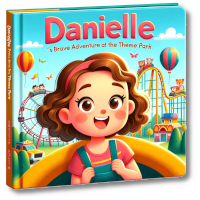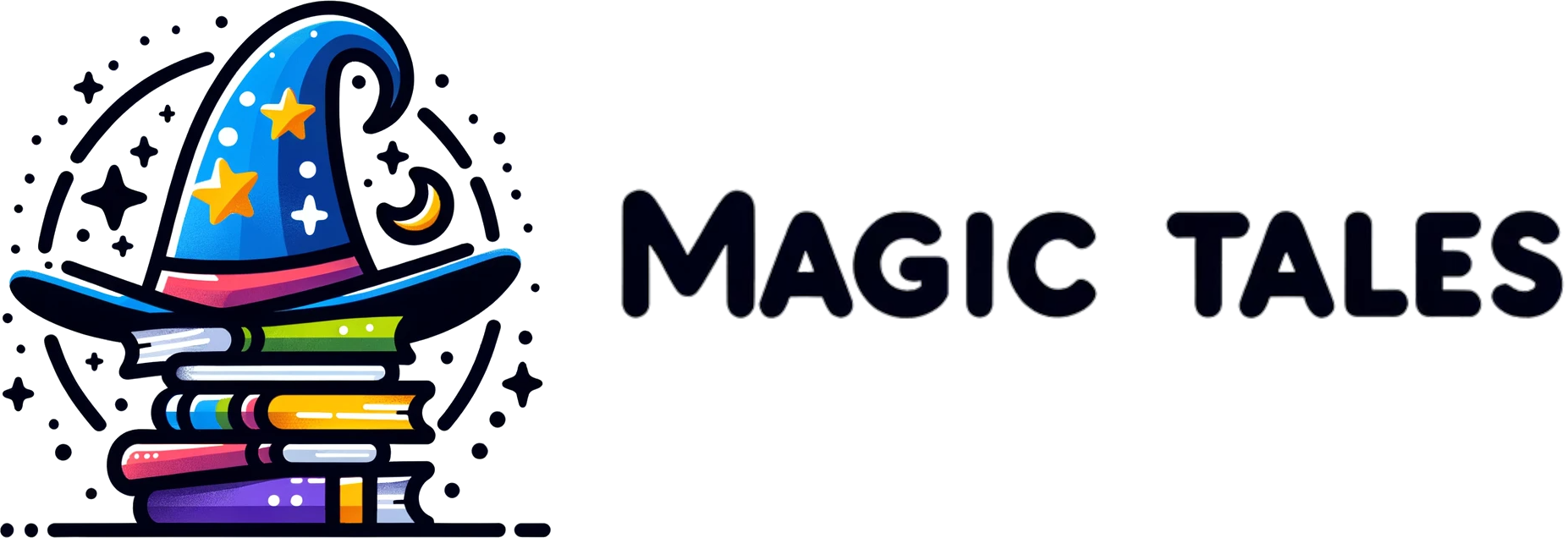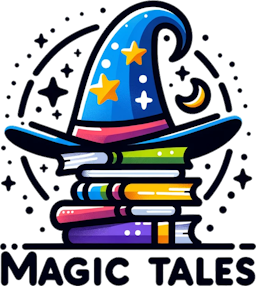Reading with children
a blog by Magic Tales

The Roles of Books about Eating and Mealtime in a Child's Development
We all know that reading is an essential part of our children's development. From classic fairy tales to educational books about the world around us, every story we share with our youngsters opens their minds to new knowledge and possibilities. Among these books, stories about eating and mealtime hold a unique, significant place. But why is reading about eating and mealtime so vital for a child’s development? Let's delve deeper into this subject.
1. A Foundation for Healthy Eating Habits
The first reason concerns the development of healthy eating habits. Within these stories, food and the act of eating often serve as the central theme. Thus, through books, children are introduced to concepts such as balanced meals, nutritional value, and good-to-eat food items. This exposure helps them recognize and adopt healthy dietary practices early on. Green Eggs and Ham by Dr. Seuss, for instance, is an enjoyable story that encourages kids to try new foods.
2. Understanding Cultural Diversity through Food
Reading about different culinary traditions of the world can give children an early understanding and appreciation of cultural diversity. It could be a story set in Italy with a family cooking pasta or a tale from India where children gather around to make chapatis. These books, like Mama Panya's Pancakes by Mary and Rich Chamberlin, help to expand their horizons and foster a sense of global belonging.
3. Encouraging Mindful Eating
Books about mealtime can guide children towards mindful eating, teaching them to be present, appreciate their food, and understand the efforts gone into preparing each meal. As they relate to the characters in the story, they learn to eat slowly, chew properly, and enjoy each bite. This not only aids digestion but also may prevent overeating, which can lead to obesity.
4. Learning Basic Manners and Socializing
Mealtime stories often include interactions between characters gathering around a food table. These settings provide a great backdrop for teaching basic etiquette, like saying 'please' and 'thank you', using utensils, not speaking with a mouth full of food, etc. Furthermore, it highlights the social aspect of dining, valuing the tradition of sharing meals with family and friends.
5. Food-Related Adventure Stories
Many children’s books about food also offer the thrill of adventure, whether it's hunting for wild berries in the woods, growing vegetables in a garden, or baking cookies for the first time. These stories, like The Little Red Hen, spark curiosity and instigate valuable conversations about where our food comes from, ultimately fostering respect for nature and the environment.
6. Opportunities for Parent-Child Bonding
Lastly, reading together about something as everyday and universal as eating instances offer precious bonding moments. As parents and children explore tales of tasty dishes together, they can share their own food-related stories and experiences. Such interaction strengthens their relationship, boosts the child’s confidence, and nurtures a lifelong love of books.
In conclusion, reading about eating and mealtime serves a multitude of educational purposes while promoting enjoyment. By selecting a diverse array of books on this theme, parents can support their child’s total development and cultivate their understanding and appreciation of food. Because, as we all know, a well-fed mind leads to a healthy and successful life path.
Happy Reading!
Want a personalized book to read with your child about Eating and Mealtime?
Takes as quickly as 30 seconds to create
Create a book about Eating and Mealtime

